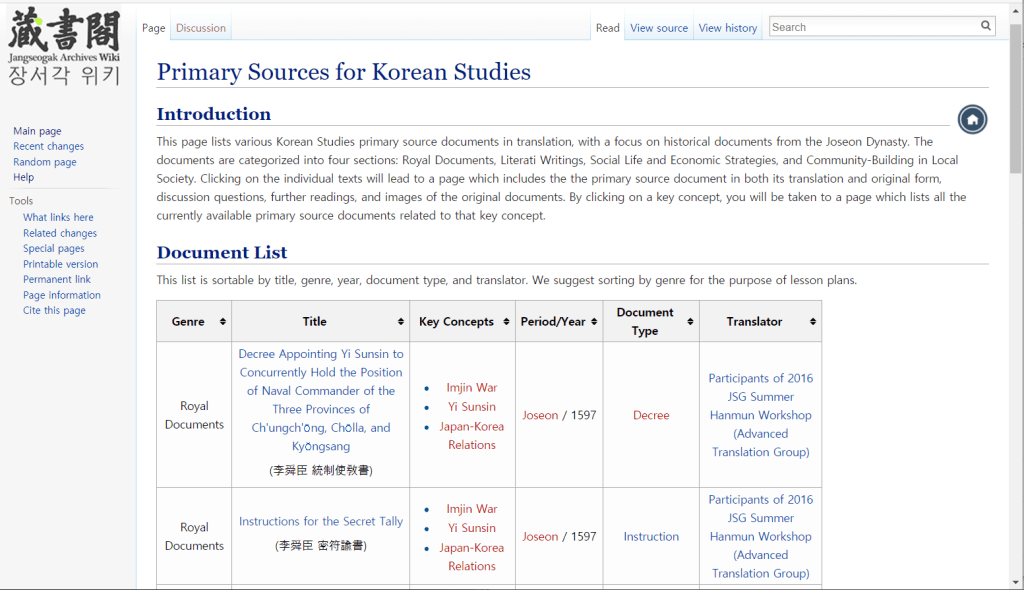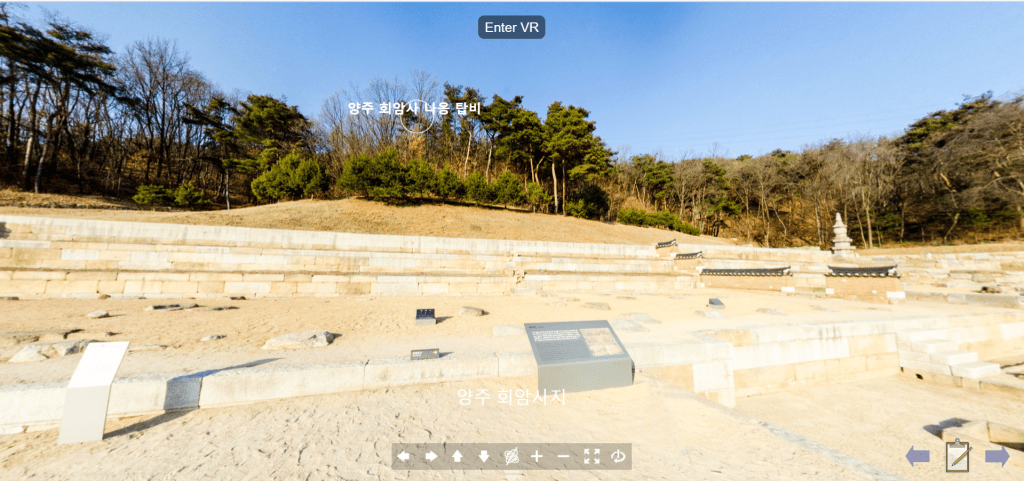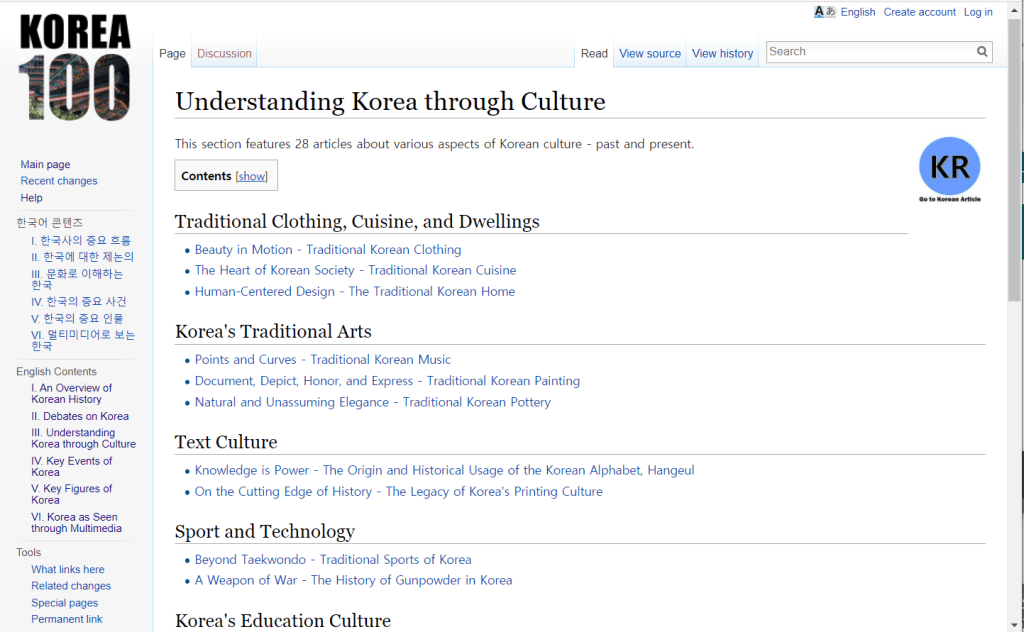In a previous post I briefly presented some of the richest and most commonly used online resources for Korean Studies. There I suggested that despite the plethora of premodern textual material that is freely available online, it remained to be seen what kind of digital humanities work scholars of Korea would be able to produce. Many factors contribute to this lukewarm reception on the peninsula itself, but chief among them is the sentiment among scholars that the barrier to entry is too high. The time investment required to learn how to generate meaningful research using computer-assisted analysis is too great in the publish-or-perish world of Korean academia. This is a reality that many of us in the West understand all too well. However, a younger group of scholars more at ease with digital interfaces and forward-thinking established faculty with graduate student assistants, are producing notable DH projects and making incremental progress towards establishing an ecosystem that encourages the consumption of historical facts and digitized archival data by scholars, students, and the general public. In this post I will introduce the Digital Humanities Laboratory initiative at the Academy of Korean Studies (AKS) as a case study of the use of the wiki platform to create and publish premodern content.
The initiative is comprised of seven groups that are responsible for different aspects of the DH Lab’s overarching goal which is to “encourage the innovative reproduction of human knowledge in creative ways in the digital environment.” Based on the concept of the wiki platform, each group has its own wiki site with linked and nested pages that provide more information about a project or a piece of cultural heritage. These are linked, most with English titles, at the top of the bare bones landing page. Of these, the “Jangseogak Wiki” is worth noting because the results of some of the annual academic workshops and training programs held at the Changsŏgak Archives are published here as collaborative wiki content.
For instance, the 2016 Hanmun workshop’s translations from literary Chinese to English of selected documents from the Chosŏn (also transliterated as Joseon) Dynasty are available as English language wiki pages along with the original text, images of the original documents, and references for further research. This type of translation work, although extremely beneficial to scholars and fields of study as a whole, is very often eschewed by scholars because they are time consuming and because the evaluative systems for tenure in academia do not value translation as worthy scholarly output. Publishing translations generated collaboratively in training workshops as wiki content, though it does not adequately address all the issues mentioned above, may be a model that other fields of study might want to iterate on to address this issue.
Another interesting cluster in the AKS DH Lab is the “Encyves.” This is a neologism that blends the concepts of the encyclopedia and the archives together. As opposed to traditional encyclopedias, the contents of the Encyves are structured as nodes of a network, where each entry is linked to related entries through relationship tags displayed as a network visualization graph (an example is the featured image at the top of this post) and table at the bottom of the page. These visualizations help users see macro-level patterns in the historical documents more readily than text and encourage exploration of the Encyves‘s other entries. Further multi-media offerings like video content, 3D animations, and VR of sites and objects add to the discovery of the subject of an entry in various formats. A VR pavilion of historical buildings, objects, and past museum exhibitions gives users from all over the world access to an immersive experience of being on site. As well as the augmented reality capabilities of being able to click on icons in the simulation.
VR simulation of the Hoeam-sa temple site in Yangju, Kyŏnggi province, South Korea. Users can move through the site by clicking on labeled guide circles on the screen.
Some of these entries have been grouped into general themes, such as “monk stupa stele inscriptions” that lists all actors, places, objects, and texts that are related to monk stupa stele inscription entries in the Encyves. These types of groupings point to the wealth of content on this site and provide an alternative structure to the alphabetical listing that traditional encyclopedias would employ to organize knowledge. This, however, obviates the ways in which the DH Lab privileges specific types of cultural history and relationships.
It is truly to the DH Lab team’s credit that they have been able to organize and present such a staggering amount of premodern material in a digital format. Self-identified as a work in progress, there are several areas that could still benefit from further development. Beyond the numerous broken links and empty wiki pages, the Encyves do a poor job of combining the archive with encyclopedia. For example, it is surprising that the entry for the Mogŭnjip 牧隱集, a collection of poems written by the late Koryŏ scholar Yi Saek, does not include or directly link to the freely available text. Another aspect of the Encyves project that should be reconsidered is the presentation of digital media, such as 3D imaging and VR, as appropriate parts of an archive. Though these models are based on photography and 3D imaging software, they are nevertheless recreations of an object or place hundreds of years later than the date presented in an Encyves entry. The current format offers engagement with objects and places as holistically as possible, but this is often times at odds with the incomplete actuality of the thing or site itself. This is an important issue for cultural heritage preservation, archaeology, and art history that I will address in a subsequent post about digital images and remote research.
On a practical note, this portal is a great tool for students who are interested in learning about Korean History. The DH Lab even has an entire department that features English language wikis on Korean Studies topics called Korea 100. For those who are teaching in an online format this coming semester, these wikis are accessible and helpful assignments especially since they touch upon some underrepresented topics and can contribute to diversifying your syllabi.
Ultimately this initiative, though insufficient in many ways, models many of the ideals digital humanities projects aspire to: collaboration, dynamic and multi-faceted use, iterability. It also offers an alternative to the current incommensurability between an academic publishing system that still has yet to figure out an acceptable way to deal with born-digital or digital-reliant humanistic scholarship. The AKS DH Lab provides a prototype for other fields to build upon and showcases the potential of the wiki platform in the digital dissemination and creation of scholarly and public-facing historical content.




2 thoughts on “DH in Korea: The Digital Humanities Lab at the Academy of Korean Studies”